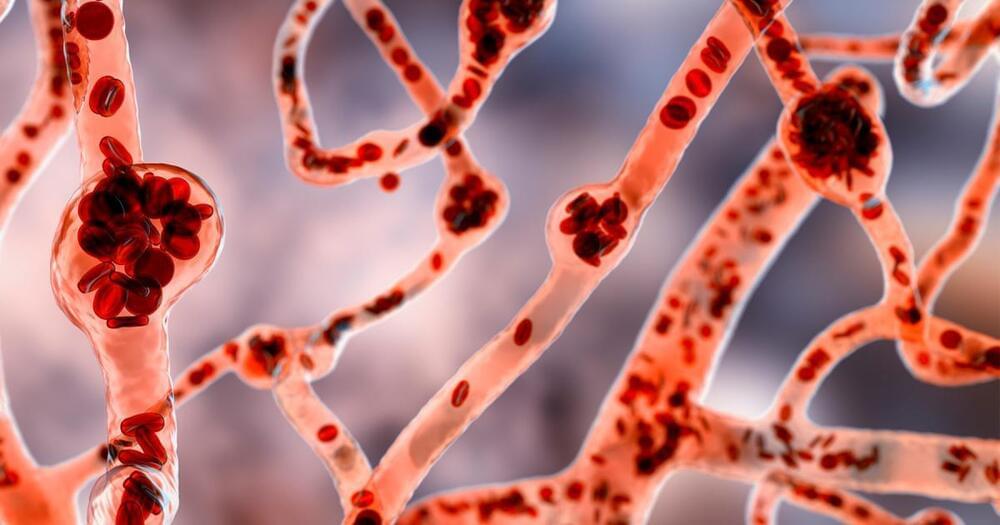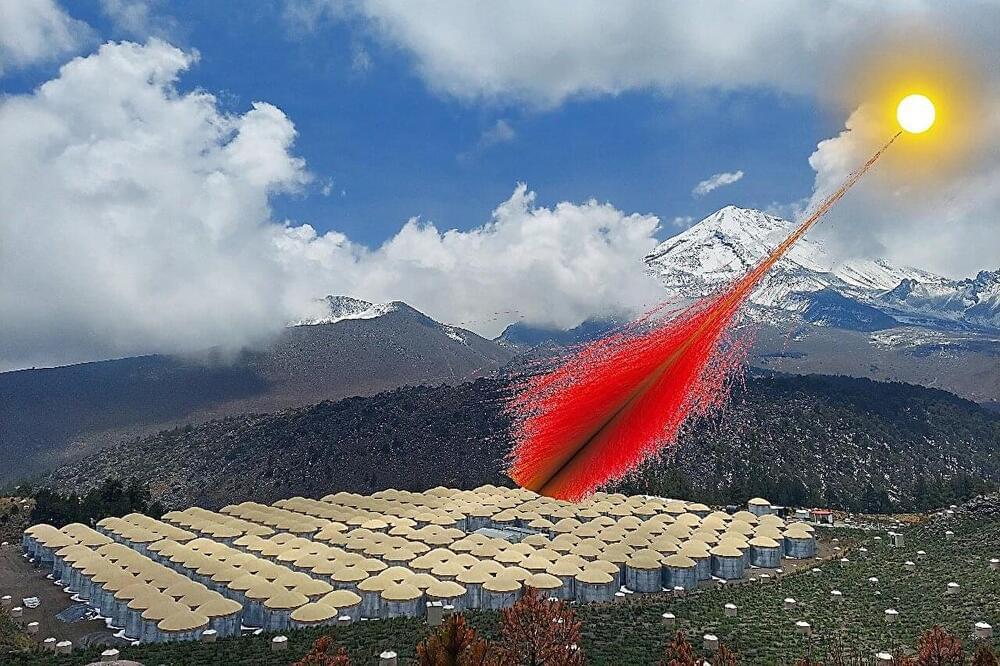Kenya has ordered Worldcoin to stop collecting data in the country due to privacy and security concerns.
Kenya is pumping the brakes on Worldcoin — the eyeball-scanning crypto project launched by OpenAI founder Sam Altman. The Kenyan government has ordered Worldcoin to stop collecting data in the country while it reviews the project for potential privacy and security risks, as reported earlier by Reuters.
Worldcoin is a project that uses your iris to create a unique digital identity, which you can then link to digital currencies managed through the company’s World App. The project launched last week and has had people lining up to get their eyeballs scanned by the shiny, silver orbs Worldcoin… More.
Kenya has some reservations about Worldcoin.









